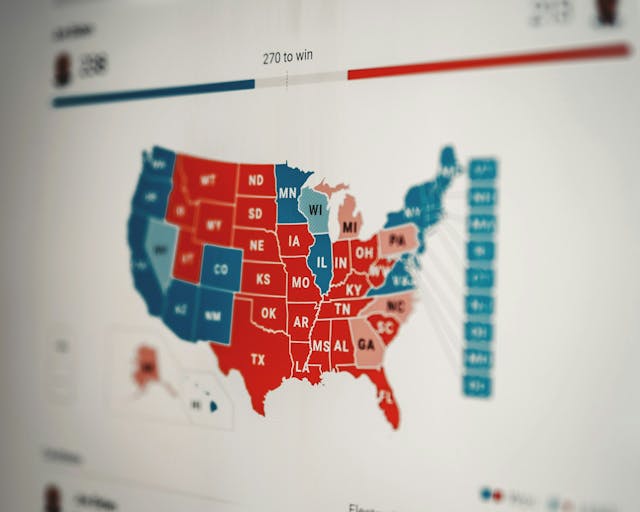The States Likely to Gain and Lose House Seats in 2020

Recently, Real Clear Politics extrapolated demographic trends to project which states are likely to gain or lose U.S. House seats in the reapportionment that will occur after the 2020 Census. Their forecast, shown below, has nine states losing one U.S. House seat and six states gaining seats. These are only projections, but given that we are now six years into the decade, many of the demographic shifts of the decade are already well advanced and difficult to reverse.
Overall, we see a reduced number of U.S. House seats is likely for many states in the “rust belt,” including Illinois, Michigan, New York, Ohio, Pennsylvania and West Virginia. Minnesota, Rhode Island, and Alabama will also likely lose House seats due to below average population growth. Each of these states is projected to lose one congressional representative.
Of these nine states, only in West Virginia has the population decreased since the last census in 2010 (Illinois’ population decreased in 2014 and 2015, but is still up compared to 2010). The other states losing seats are growing in population, but at a rate slower than the national average.
Meanwhile gains in U.S. House seats are likely to be concentrated in Texas and Florida, which stand to gain three and two congressional representatives respectively. Arizona, Colorado, North Carolina, and Oregon are also likely to gain one seat each. Three of these states are in the southwest, a region that has been consistently growing faster than the rest of the country for the several decades.
What does this mean for future elections? Continue reading here.
Photo Credit: holbox / shutterstock.com


